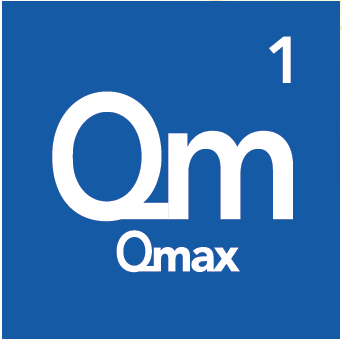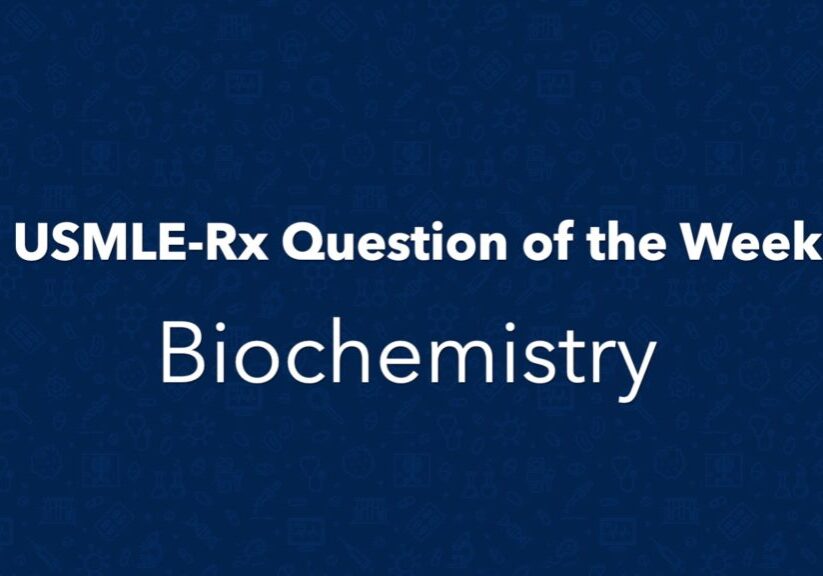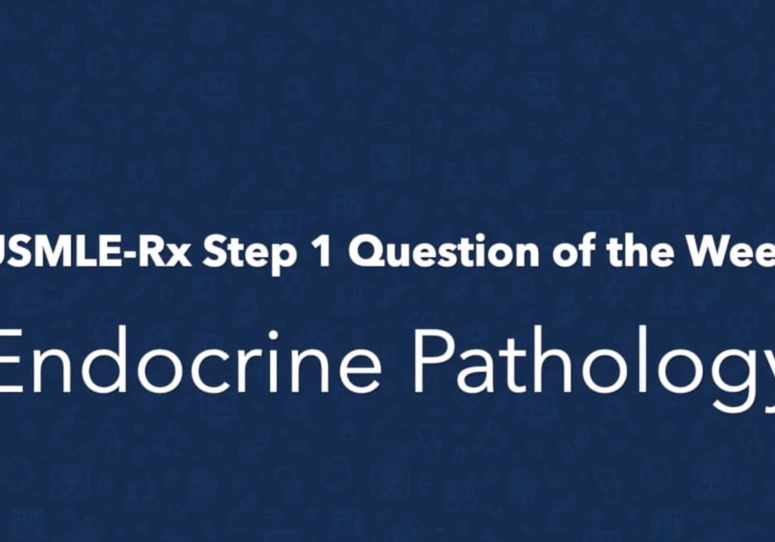Check out today’s Step 1 Qmax Question Challenge.
Know the answer? Post it below! Don’t forget to check back for an update with the correct answer and explanation (we’ll post it in the comments section below).
A 47-year-old man is brought to the emergency department after an apartment fire. He is complaining of headache, weakness, and vertigo. Physical examination is significant for confusion. The patient is treated with high-flow oxygen, sodium nitrite, amyl nitrite, sodium thiosulfate, and admitted for observation. The lab workup excluded the possibility of carbon monoxide toxicity.
Which of the following laboratory findings would be most consistent with this patient’s presentation?
A. A non-anion-gap acidosis
B. An abnormally low lactate level
C. An unexpectedly low level of venous oxygen saturation
D. Arterial blood gas analysis showing a pH of 7.2
E. Depressed arterial oxygen saturation
F. Increased arterial-venous oxygen gradient
G. Metabolic alkalosis
———————–
Want to know the ‘bottom line?’ Purchase a USMLE-Rx Subscription and get many more features, more questions, and passages from First Aid, including images, references, and other facts relevant to this question.
This practice question is an actual question from the USMLE-Rx Step 1 Qmax test bank. For more USMLE Step 1 prep, subscribe to our First Aid Step 1 Flash Facts and First Aid Step 1 Express Videos video series. Score the best deal on all three products as a bundle with USMLE-Rx 360 Step 1.





E
Dx would probably by CN- poisoning due to fire.
Rx as given is Nitrite and Sulfur.
Nitrite as desired would cause Methemoglobinemia (desired for management of CN- poisoning). It would cause shift to left and decreased O2-saturation.
agree with E
hard qs though